I am trying to use someone else's C# classes in my Windows 7 Phone app. The classes use objects of type Hashtable.
The file in question has
using System.Collections;
at the top, so I'm assuming that's the Hashtable object it wants.
When I try to build my solution, I get errors that the type or namespace name 'Hashtable' could not be found, are you missing a using directive or assembly reference.
In Microsoft's documentation of Hashtable, I see it says Assembly: mscorlib
But if I try to add mscorlib via Project>Add Reference, VS says it can't add it because it is automatically referenced by the build system.
What am I missing?

